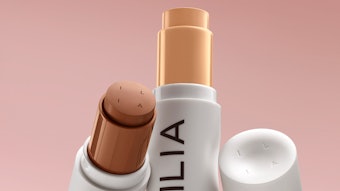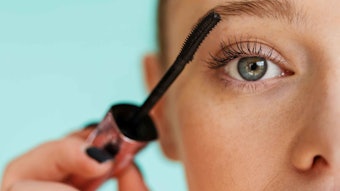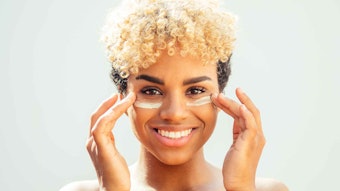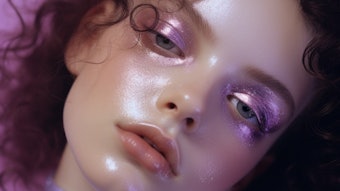In my early teens, before my grandmother and I would go shopping, she’d tell me to put on a little lipstick because, “It can’t hurt.” It was her way of saying that by applying a little color, I would look my best—with the potential outcome of meeting a “nice boy.” Many of her church-lady friends must have shared this mindset, with their rosy cheeks, bold red lips and over-emphasized eyebrows. They were all in sync with the traditional view of cosmetics for decoration, as well as for masking flaws.
However, cosmetics have evolved and are now expected to do much more. In fact, some have been doing more since ancient times, as Li explains with a review of the history and application of Traditional Chinese Medicine in cosmetics. Today, mascaras can stimulate lashes to grow. Lipsticks can plump lips. Foundations can moisturize skin, impart anti-aging benefits and protect against UV radiation—the list goes on. As Chulasiri et al. describe of this issue, pressed powders can even be developed containing actives to moisturize the skin and provide skin-whitening effects.
Yet applying science for such bonus features in cosmetics complicates the task of getting all the ingredients to play nicely, which Rigano and Tsolis et al. address with discussions of the ingredients and production challenges faced with foundations. Ideas for ingredient combinations also are showcased in the sample color formulas.
As GCI associate editor Abby Penning put it, some of the most overlooked colors are those used in foundations and concealers, though just as much work goes into them—more, I would argue, in view of the multiple functions now required of them. In relation, to reflect its mission of developing content to support the advancement of the scientific knowledge applied in successful cosmetic and personal care products, Cosmetics & Toiletries is proud to share its newly focused tagline: Science Applied.










